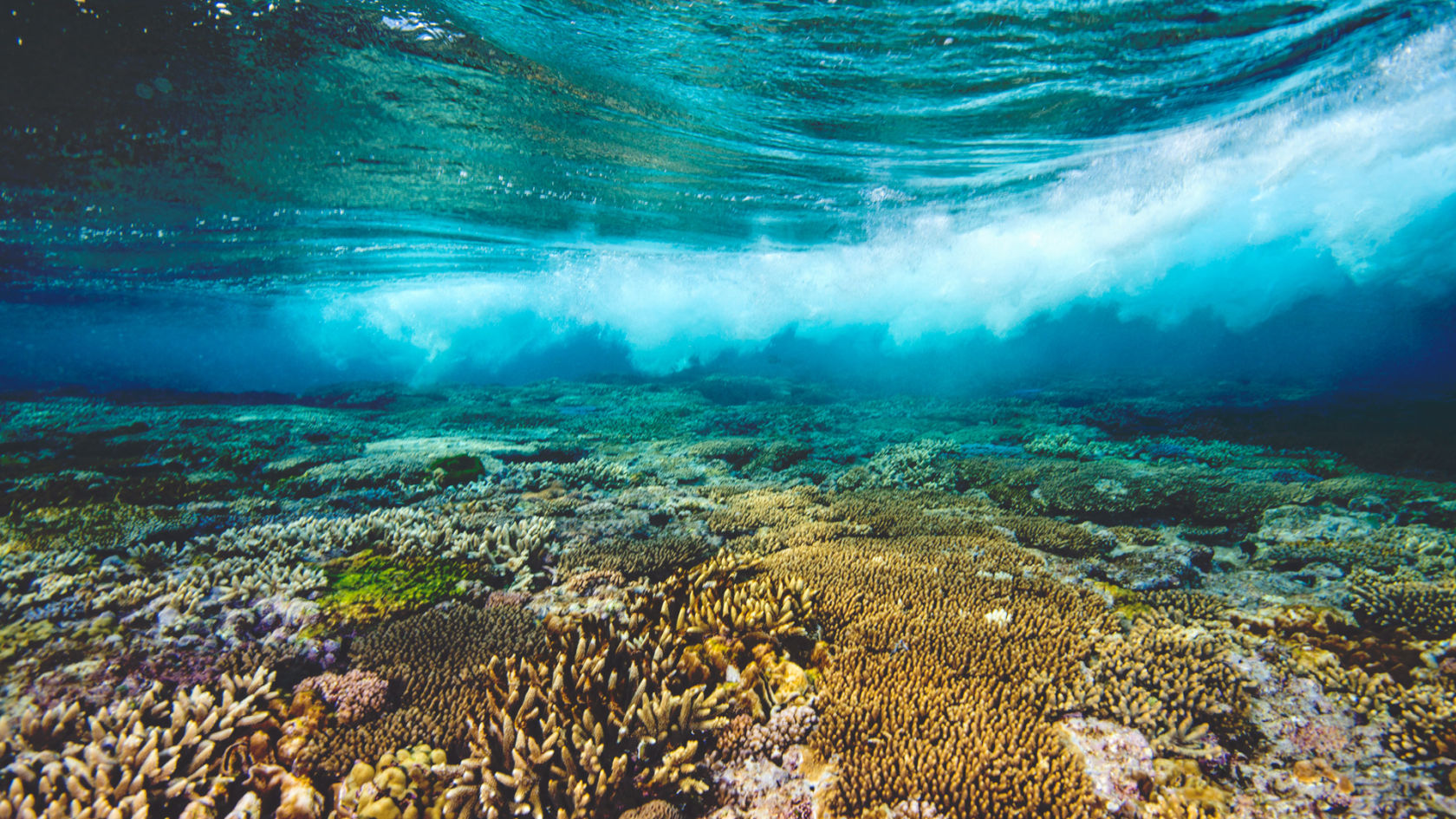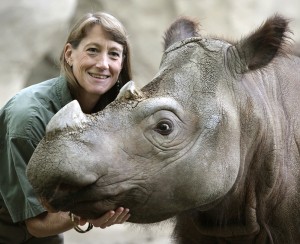In chapter 8, Elizabeth Kolbert, forest ecologist Miles Silman, and Silman’s students travel to Peru. In Peru, they visit Silman’s diverse plots of trees that contain 1,036 tree species in Manú National Park. Kolbert mentions a pattern called “Latitudinal Diversity Gradient” (LDG) and it means that the variety of life is more richest at lower altitudes than at the poles. This is what they experienced as they visited these plots. There were 4 theories mentioned as to why the tropics are so diverse. These are the following theories explaining why:
- More generations of species can be produced in the tropics.
- The tropics allow for more isolation due to its stable temperature.
- The tropics existed a long time ago, allowing more time for diversity.
- The tropics contain a lot of competition amongst species, causing these species to become specialized.
Each of Silman’s plots was 2.5 acres and they experienced different temperatures in each plot of trees. It was mentioned that trees respond to climate change by moving upslope. Kenneth Feely, Sliman’s post-doc, found that these trees move upslope 8 feet per year. He noticed that each tree species move at a different rate.
Later in the chapter, it said that the global temperature of Earth was much lower a long time ago and that there was an ice age. It was believed that ice ages were initiated by small changes in Earth’s orbit, creating a cycle: as temperatures decrease, more ice builds up and as temperatures increase, the ice melts. Many animals and plants had to cope by migrating.
After that, the chapter goes back to the present and Kolbert explains that the global temperature is increasing quickly and the animals and trees in Silman’s plots will have to adapt fast. The problem with this is that some species will be able to adapt, but some won’t.
Rudi Cruz, one of Silman’s students, wanted to see a specific frog species called
Rhinella Manu. Kolbert read earlier that the Chytrid fungus already reach Peru and she had a feeling that they won’t be able to find it because of that. It turns out she was right. This connects to the theme “Science constantly changes the way we understand the world” because, in chapter 1, Kolbert and other biologists didn’t understand why many frog species were becoming extinct. Now that they learned about the Chytrid fungus being the cause of their disappearances, Kolbert better understood why they couldn’t find the Rhinella Manu.
(Q) I wonder if Silman knew about this fungus.
Kolbert explains the species-area relationship (SAR), which is demonstrated by the formula
S=cA^z. In this formula, the
S represents the number of species, the
A is the size of the area, and
z are the constants that vary according to the region. This relationship states that the larger the area you sample, the greater number of species you will find. Using this formula, Johann Reinhold Forster was able to estimate the extinction risk posed by global warming.
An idea was brought up toward the end of this chapter about global warming. It was said that some species will adapt to global warming better than others. Silman suggests that better policing and well-placed reserves will protect biodiversity.



